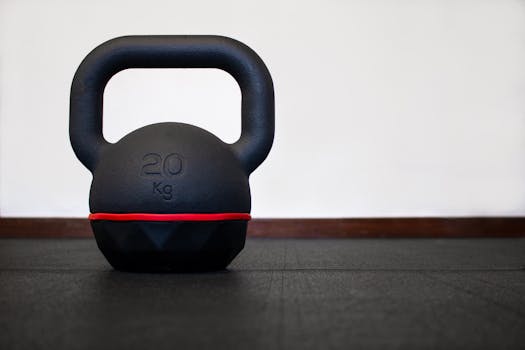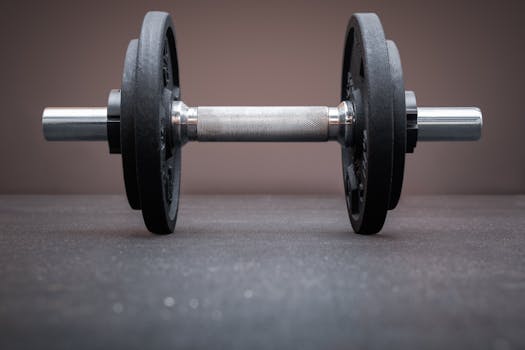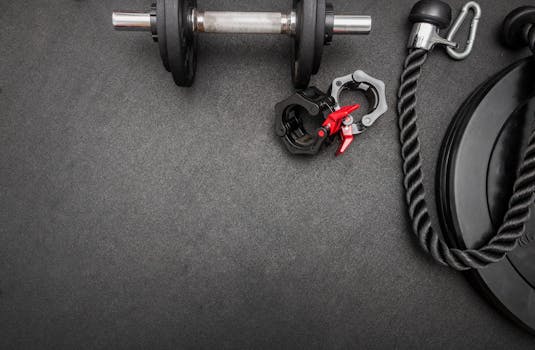
Introduction to HIIT

High-Intensity Interval Training (HIIT) is a powerful exercise strategy designed to optimize fat loss and improve overall fitness. By alternating between intense bursts of activity and short rest periods, HIIT maximizes calorie burning and elevates metabolism.
Understanding HIIT

HIIT workouts typically consist of short, intense efforts followed by rest or low-intensity periods. This method not only saves time but also provides substantial benefits for fat loss, cardiovascular health, and muscle preservation.
Benefits of HIIT
- Efficient Fat Loss: HIIT can help burn more calories in a shorter amount of time compared to traditional steady-state cardio.
- Increased Metabolism: Post-exercise oxygen consumption (EPOC) is elevated, leading to continued calorie burning even after the workout.
- Improved Cardiovascular Health: HIIT enhances heart health and increases aerobic capacity.
How to Get Started with HIIT

Before starting a HIIT program, it’s important to assess your fitness level and consult with a healthcare provider if necessary. Begin with simple exercises like sprinting, cycling, or bodyweight movements. A typical HIIT session might include 20 seconds of all-out effort followed by 40 seconds of rest, repeated for 15-30 minutes.
Sample HIIT Workout
- Sprint for 30 seconds
- Walk for 1 minute
- Repeat for 15-20 minutes
Safety Tips for HIIT

While HIIT is effective, safety should always come first. Ensure proper warm-up and cooldown routines, listen to your body, and avoid overtraining.
Conclusion

Incorporating HIIT into your fitness regimen can lead to significant fat loss and improvements in overall health. Start gradually, stay consistent, and enjoy the journey to a fitter you.






